Winter skincare for face and body
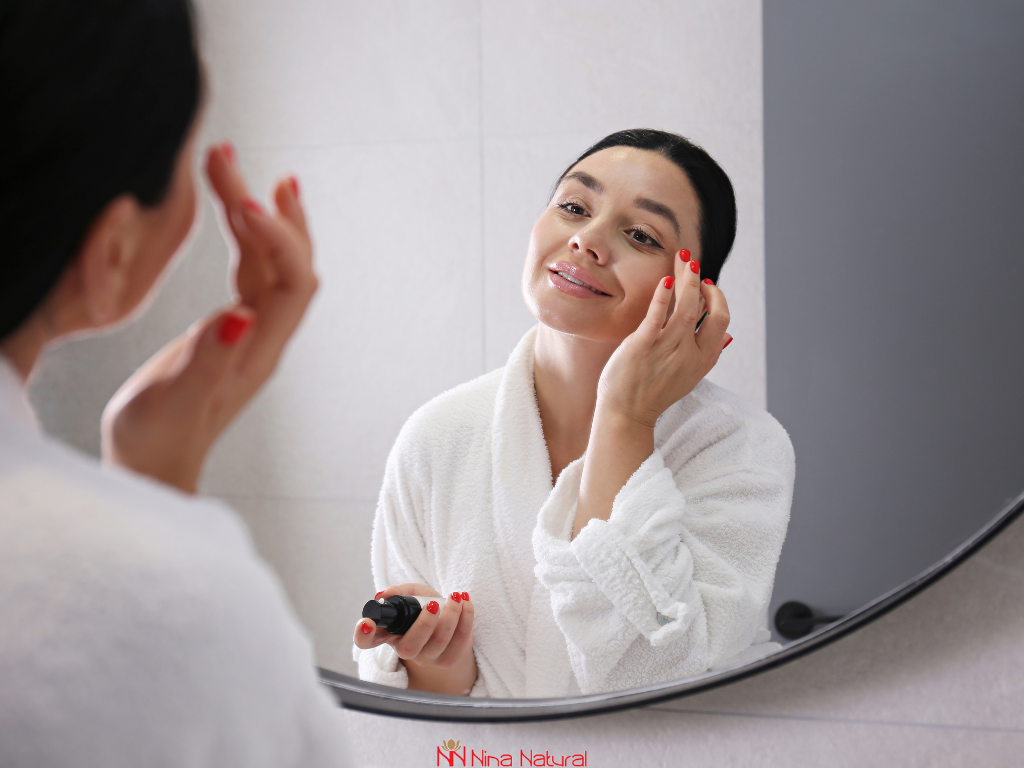
During winter, facial and body skin requires special attention! Cold air outside and dry heated air in indoor spaces = a complete change in your skincare routine. If we’ve mastered summer skincare, we’re confident that winter skincare shouldn’t be much more complicated, right?
Dermatologists recommend using formulas that promote skin barrier preservation—that is, hydrate and nourish the skin with rich, natural oils—and we simply have to agree with this.
However, the entire routine, especially if we want to adapt it to our skin type, isn’t quite that simple. Let’s walk through the basic steps of winter face and body skincare together.
Why does skin need a special daily routine in winter?
Harsh external factors (low temperatures, wind, sudden temperature changes—warm apartments, then stepping out into 14°F weather) affect the skin by causing rapid moisture loss, faster dehydration, and a compromised barrier. And then the skin becomes even more sensitive to external influences.
Seems like a vicious cycle, doesn’t it?
So how do we break it? Well—with proper care.
In this article, we’ll start with the basics—cleansing, because this skincare ritual is how we both start and end each day.
Cleansing skin during the winter period
Skin cleansing—washing and bathing—is the first step of care.
In practice, this might look like:
Showering/Washing: Wash with lukewarm water. Don’t skip washing morning and evening, because the steps that follow will preserve the moisture you’ve given your skin through washing. Limit showers to 5-10 minutes of lukewarm water. Avoid bathing or washing with hot or, even worse, scalding water, as this routine will further dry out your skin.
Our advice is to choose gentle cleansers for face, neck, and décolleté during winter, such as foams, creamy cleansers, or gels. For the face, it’s always best that such cosmetic products not be aggressive, full of active ingredients and fragrances. The same applies to body skincare. Even if you have an oily T-zone, good cleansers will remove dirt and excess sebum without disrupting the skin’s natural barrier. Important: don’t rub skin with towels. It’s best to “pat” away excess water and wait a minute or two for “thirsty skin” to absorb all the moisture it needs.
After washing/showering: When it comes to skincare, the first step must be facial toner (hydrosols are an excellent option), as such products will calm and hydrate the skin. This is the most important step after cleansing and before applying daily face cream. As for the body, creams rich in natural oils will always be an excellent choice. Wait for facial skin to absorb the toner, and for the body to absorb the cream you’ve applied before getting dressed. When we talk about dry skin care, which is the biggest problem in winter, dermatologists recommend repeating the entire skincare routine after every bath or wash. This means the following—if you’ve come home from work, showered and washed up, repeat the entire “after washing and showering” routine, even though you know you’ll repeat it all again in the evening before bed.
Hydration immediately after washing: After toner, we apply facial serums. After serum, we apply daily face cream, then oil or SPF. If you’re not using serum, the cream should be applied to facial skin while it’s still damp from the toner. This way we “lock in” moisture and prevent water loss. SPF, unfortunately, cannot be “skipped” in winter. An excellent option is daily creams with SPF, where the recommended minimum is SPF 30.
Evening hydration: We repeat bathing/washing. We first apply toner to the face, then anti-wrinkle treatment, then night cream. Evening is the ideal time for a face mask, but that doesn’t mean we shouldn’t apply night cream after the mask. In the evening, we apply creams with hydrating function to the body, as our skin renews itself during the night. So, in the morning the goal is to protect the skin, in the evening to hydrate it. Before sleeping, dedicate some time to foot care, and especially hand care. Hand and foot masks can be an excellent solution.
So, the basic steps are:
- Wash and bathe with lukewarm water, not hot
- Use a gentle cleanser for face, neck, and décolleté
- Use gentle bathing products
- After bathing, apply cream rich in oils to the entire body (morning) or hydrating cream (evening)
- After cleansing the face, apply toner/hydrosol to additionally hydrate skin before applying serum or cream
- Immediately after, on the face that has just absorbed the toner, apply rich cream or serum, then cream with SPF (morning), and in the evening after toner comes night serum and night cream
- Don’t forget hand and foot care!
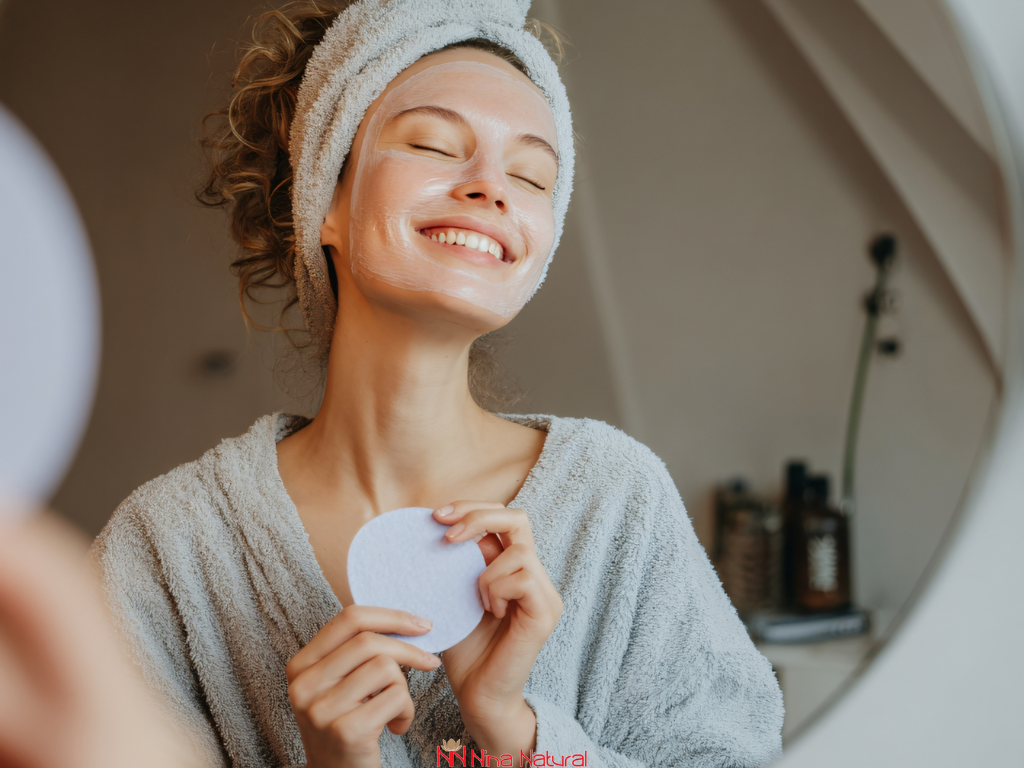
Daily winter facial skincare by skin type
Winter daily routine should provide skin protection. However, the daily routine can vary greatly because it actually adapts to skin type.
Most simply explained:
Normal skin: Cleanse face with gentle cleansers. After washing, apply toner, hydrating serum, then cream rich in natural oils. Finally, apply SPF.
Dry skin: Wash with gentle cleansers. Use toner for dry skin, serums for dry skin, and rich-formula day creams—for example, creams with beeswax or butters (shea, cocoa) and oils.
Oily skin: Although oily skin can also become dehydrated in winter, choose lighter formulas. Cleansers should be designed for oily skin. After toner, it’s best to use non-comedogenic creams and very light serums. Natural oils full of antioxidants that don’t clog pores are a suitable option for oily skin. Also, we can choose SPF that’s more hydrating than oily.
Combination skin: On the T-zone (forehead, nose) use gentle cleansers, hydrating serum, and day creams that don’t contain highly comedogenic oils. Treat drier facial areas (cheeks) with richer creams or oils.
Young skin: Usually more resilient and produces enough sebum, but in winter it needs hydration to prevent dehydration and early signs of aging. Applying gentle cleansers and mild cream with natural oils and hydrating ingredients may be sufficient.
Mature skin: After cleansing, choose antioxidant, nourishing creams and similar serums. After cream, apply rich and more emollient SPF.
Important: During winter months, avoid aggressive mechanical exfoliants and anti-aging products containing active ingredients (such as acids) or use them less frequently and in lower concentrations, as they can further irritate sensitive and drier skin. Instead, focus on rich care without chemicals: cold-pressed oils, butters, and plant extracts.
Nighttime Winter Facial Skincare
Nighttime routine is the period when skin renews itself, making it the ideal opportunity for more intensive care with products that will additionally hydrate the skin. After removing makeup and cleansing, apply a hydrating serum. After serum, apply a rich night cream. Night masks, which aim to restore hydration to deeper skin layers, can be used once or twice a week. If we want to use cosmetics with active ingredients, nighttime will be ideal for that. In the morning, make sure to thoroughly cleanse your face, neck, and décolleté with a gentle cleanser.
Secrets to maintaining skin hydration
For skin to stay hydrated during the winter period, hydration must be “implemented” both externally and internally.
Externally: Use a humidifier in rooms, cleaning it regularly to prevent mold growth. Follow a winter skincare routine that suits your skin type. Protect skin with clothing made from natural materials.
Internally: Drink enough water and warm teas, consume healthy fats. Regularly eat vegetables and fruits rich in vitamins and antioxidants.
If diet quality suffers due to lack of time and organization, in consultation with your doctor you can include the following supplements:
Vitamin D: helps skin by increasing the number of vitamin D receptors in skin cells, thereby strengthening its protective barrier and reducing water loss. This way skin retains moisture longer.
Omega-3 fatty acids: found in so-called SMASH fish (sardines, mackerel, anchovies, salmon, herring), as well as in flaxseed and chia seeds. These fatty acids reduce inflammatory processes in the body, slow water evaporation from skin, and strengthen the skin’s protective layer, which is especially important during winter.
Vitamin E: foods rich in vitamin E include sunflower oil, almonds, hazelnuts, cashews, trout, salmon, peppers, pumpkin, avocado, mango, kiwi… Consuming foods rich in vitamin E can improve the skin’s ability to retain natural moisture.
Zinc: found in oysters, beef, chicken, pork, eggs, dairy products, and pumpkin seeds, contributes to skin regeneration and can help protect against skin drying in winter.
Vitamin A: important for skin cell renewal, found in foods like pumpkin and sweet potatoes. Helps skin stay healthy and elastic.
Vitamin C: in doses of 1,000 to 2,000 mg daily, stimulates collagen production and can help prevent dryness and wrinkles caused by low temperatures. It also protects skin from harmful environmental effects by neutralizing free radicals and helping preserve elastin.
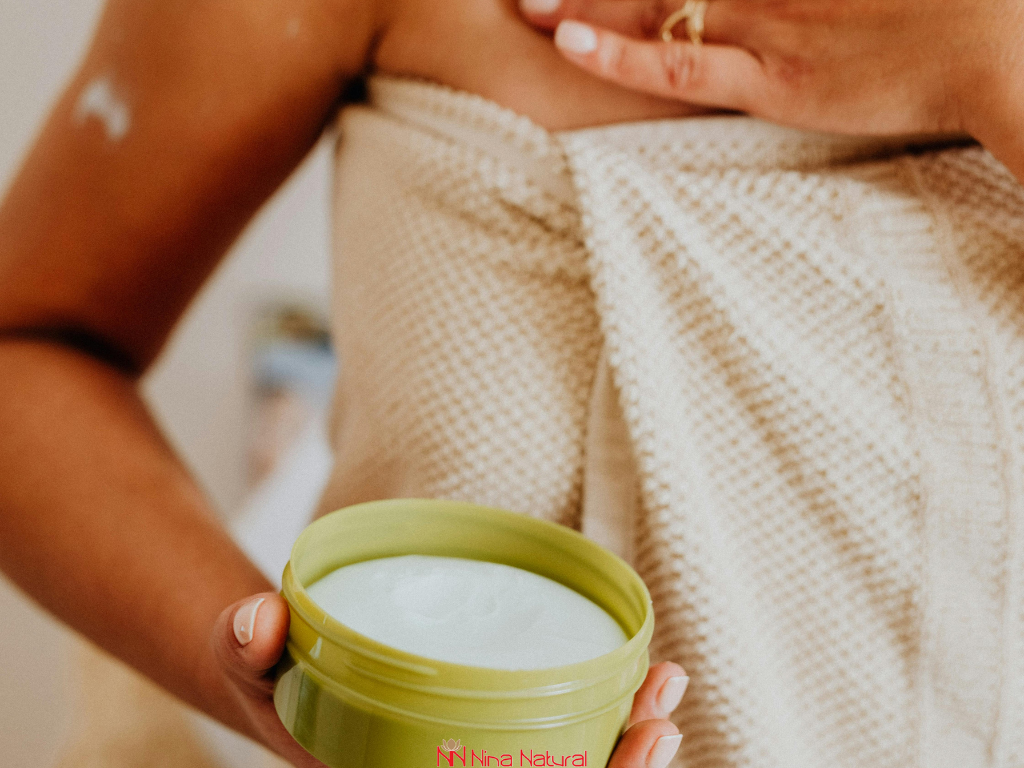
Rules for exfoliating face and body skin during winter
We already know that exfoliation removes dead skin cells and improves absorption of cosmetic products, but in winter routine it should be done moderately and according to skin type!
Dermatologists note that you shouldn’t overdo exfoliation—once a week with gentle exfoliation is sufficient. In winter, choose gentle exfoliants: instead of coarse grainy ones, choose mechanical exfoliants with fine particles that are rich in natural oils. Avoid aggressive chemical peels (strong AHA/BHA acids) in winter, as they can disrupt the already compromised skin barrier. After every exfoliation, be sure to complete the entire winter skincare routine for your skin type.
Some ideas for gentle “homemade” exfoliants can be found here. Hint: you’ll need honey.
Lip care during winter
Lips are a particularly sensitive part of the skin. They don’t have sebaceous glands and dry out quickly. During winter they often crack and dry rapidly. Our advice is always natural lip balms, as they’re rich in natural and healthy ingredients (beeswax, cocoa or shea butter, jojoba oil). Petroleum jelly, which we still use, can be applied as a “second layer” after balm because it creates a protective layer that prevents the balm from wearing off quickly. Apply lip balms multiple times daily, especially before sleeping.
Hand care during winter
Hands are often the first to be hit by cold, wind, but also aggressive dishwashing detergents, laundry products, etc. Make an effort to wear gloves when outdoors, but also when in contact with water (e.g., washing dishes). Apply rich hand cream after every hand washing, ideally on slightly damp skin, and rub it in well. At night, you can apply a thicker layer of cream and put on cotton gloves for maximum care, or use hand masks that are worn like gloves overnight.
Avoid soaps and products with fragrances on hands as they further dry out skin. With gentle soaps, you’ll protect the skin’s natural hydrolipidic barrier. If the skin on your hands has cracked, return to balms and nourishing creams—intensive care for several days.
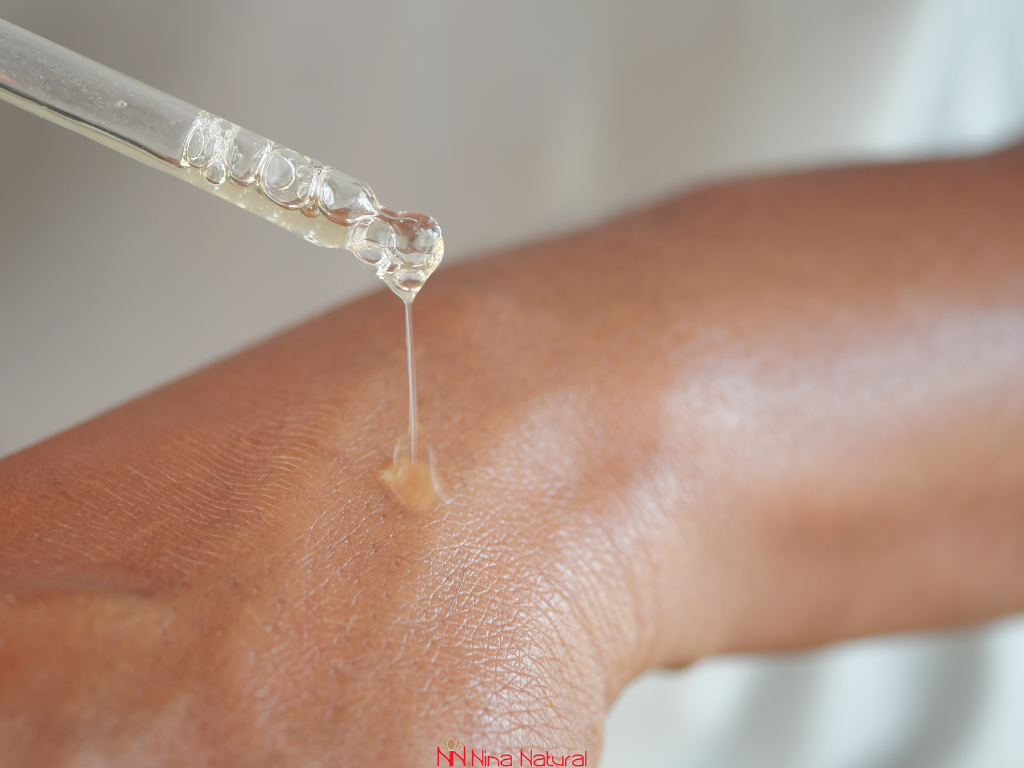
Foot care during winter
Skin on feet requires special care in winter, mostly because we now spend a lot of time in closed footwear. Winter is the ideal period for foot baths, gentle and natural foot scrubs, creams rich in urea or plant oils. After your evening care ritual, put on clean cotton socks so the cream works better overnight. Before sleeping, you can also apply a thin layer of petroleum jelly on heels, then put on socks—this repairs cracked areas and prevents further dehydration.
With this care, you’ll prevent the formation of hard and painful calluses and stay cozy in warm socks with soft feet.
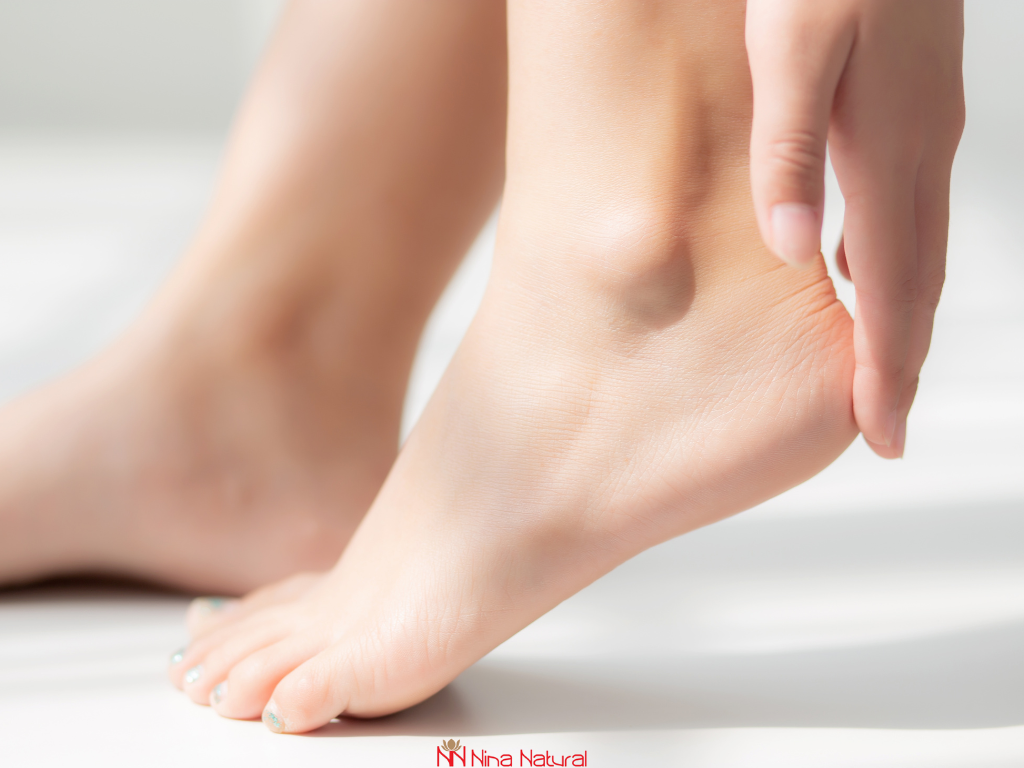
10 Myths About Winter Skincare (That Can Actually Harm It)
When colder days arrive, we all have some “proven” advice or trick for skincare. But—not all advice is helpful. Some “myths” can actually disrupt the skin’s natural balance and further dry it out, irritate it, or slow down its regeneration.
Here are the most common misconceptions to avoid:
- “You don’t need SPF in winter because the sun isn’t strong.” Misconception. UV rays are active even when it’s cloudy and when it snows. Snow additionally reflects UV radiation, so skin protection is important even then. In winter, use daily cream with SPF 30, every day.
- “The hotter the water – the better the skin cleansing.” On the contrary. Hot water strips natural oils from skin and further dries it out. Showering and washing with lukewarm water is a much better choice.
- “Oily skin doesn’t need hydration in winter.” Even oily skin can be dehydrated. If you skip hydration, skin may react with excessive sebum production—and become unbalanced.
- “Natural cosmetics can’t hydrate like commercial products.” Completely untrue. Cold-pressed oils, plant butters, and hydrosols can provide exceptional hydration and protection, without additional burden on the skin.
- “No need to apply body cream if we don’t feel tightness.” Tightness is already a sign that skin is dehydrated. Winter body care is done preventively, immediately after showering, while skin is still damp.
- “Frequent cleansing and exfoliation make skin softer and cleaner in winter.” Too-frequent cleansing and harsh exfoliation can damage the skin’s protective layer. In winter, choose gentle products and exfoliate at most once a week, adapted to your skin type.
- “Petroleum jelly alone is sufficient hydration.” Petroleum jelly creates a barrier and retains moisture, but doesn’t hydrate on its own. Ideally, first apply a hydrating layer (such as balm or cream), then petroleum jelly as protection.
- “Skin adapts to weather conditions on its own, no need to change routine.” Skin needs help to cope with dry air, cold, and the warm, dry air created by increased heating in apartments and houses.
- “Mature skin must use strong active ingredients even in winter.” Not necessarily. In winter, chemical exfoliants and strong anti-aging products are often too aggressive, especially for daily care. Let the focus be on restoration and nourishment.
- “Drinking water is enough for skin to be hydrated.” Internal hydration is important, but external care (creams, oils) is essential for water to be retained in skin and for the protective barrier to be preserved.
In the end – let winter not be a challenge, but an opportunity
Winter skincare doesn’t have to be complicated. With a few gentle steps, a little patience, and careful selection of natural products, we can help our skin stay soft, nourished, and protected, even when icy wind blows outside and our heating is set to maximum indoors.
Remember—the point isn’t a perfect routine, but listening to what your skin needs on that particular day. Sometimes it’ll be a few drops of oil, sometimes a bit more cream, and sometimes just a warm bath and some favorite balm. And that’s completely fine.
Winter skincare doesn’t have to be an obligation. It can become a little ritual that restores balance—to both body and spirit. If today you’ve only hydrated your face and applied balm to your lips—you’ve already done something nice for yourself. Bravo!
